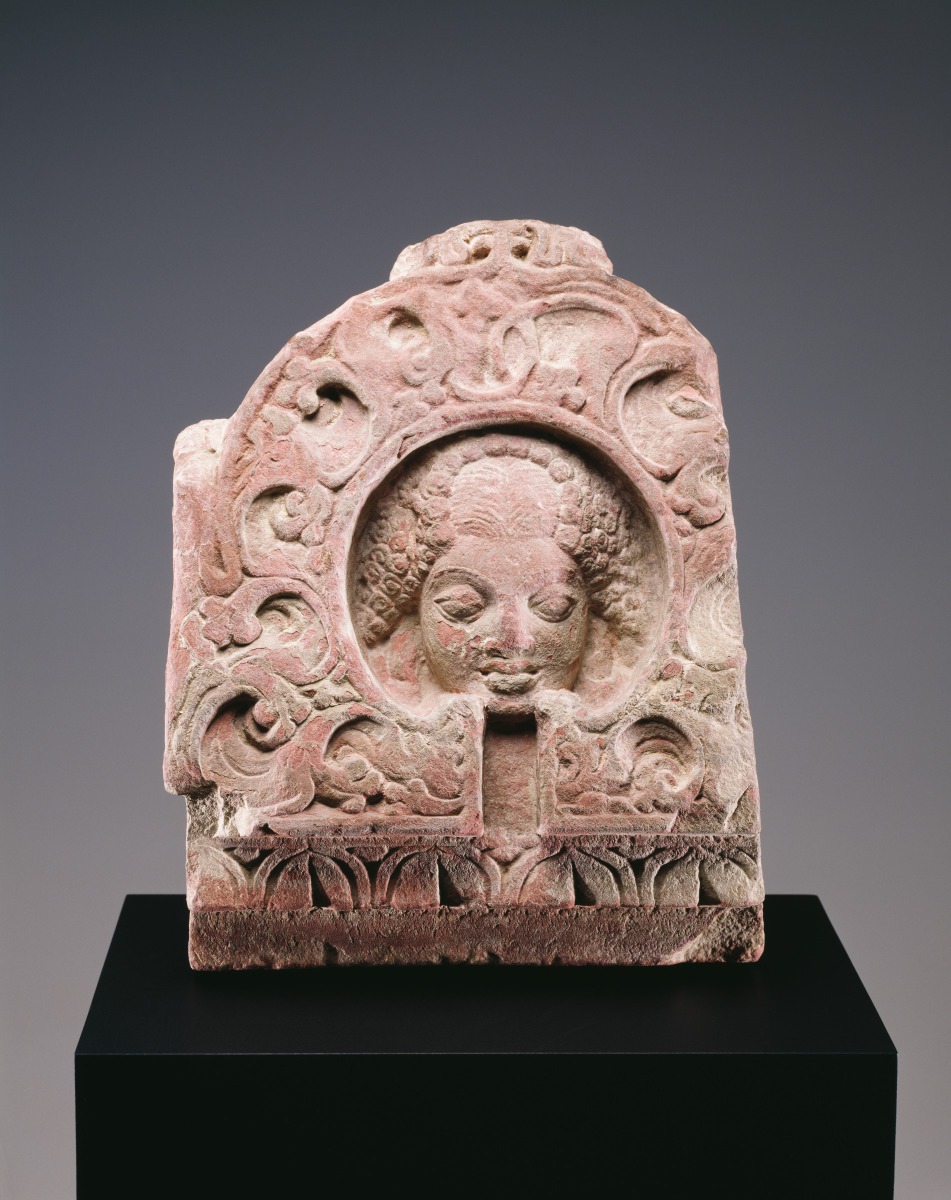
Chandrashala (Primary Title)
Unknown (Artist)
One of the most common decorative motifs employed in early Indian stone architecture was the chandrashala, literally "moon window." This circular arch form was derived from the shape of actual windows on even earlier buildings, made from perishable materials like wood, bamboo, and thatch. Recalling its functional past, a face appears in the middle of this chandrashala, as if peeking out a window. The youth's wig-like hair and the scrolling vegetation are typical of Gupta-period sculpture. This fragment probably once belonged to the elaborate superstructure of a stone temple.
Gupta period
Nasli and Alice Heeramaneck Collection, Gift of Paul Mellon
Image released via Creative Commons CC-BY-NC
Some object records are not complete and do not reflect VMFA's full and current knowledge. VMFA makes routine updates as records are reviewed and enhanced.

